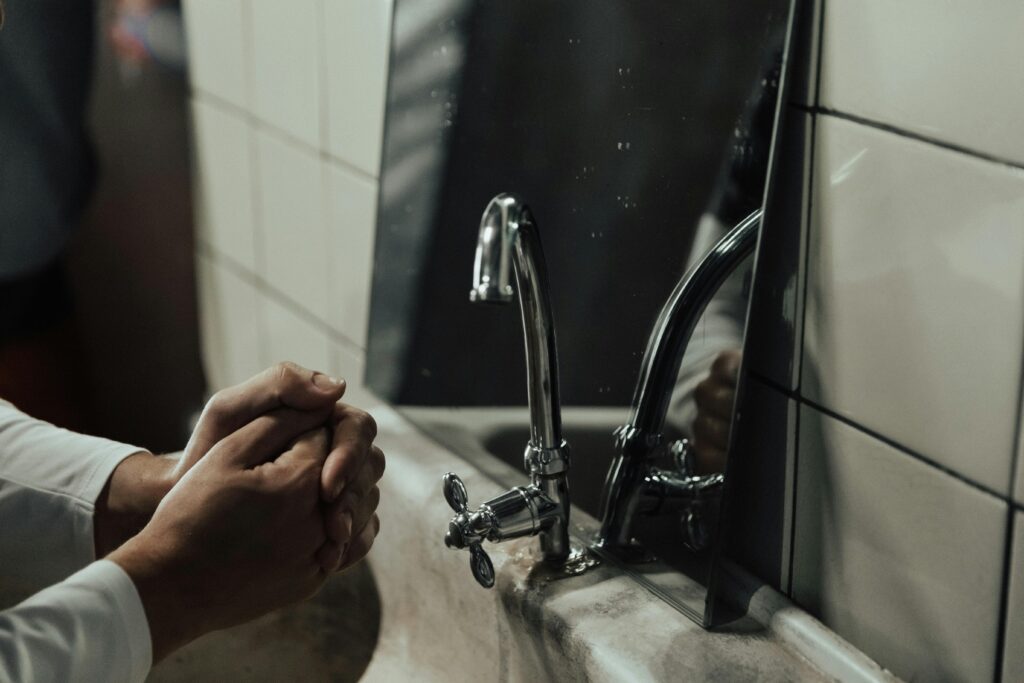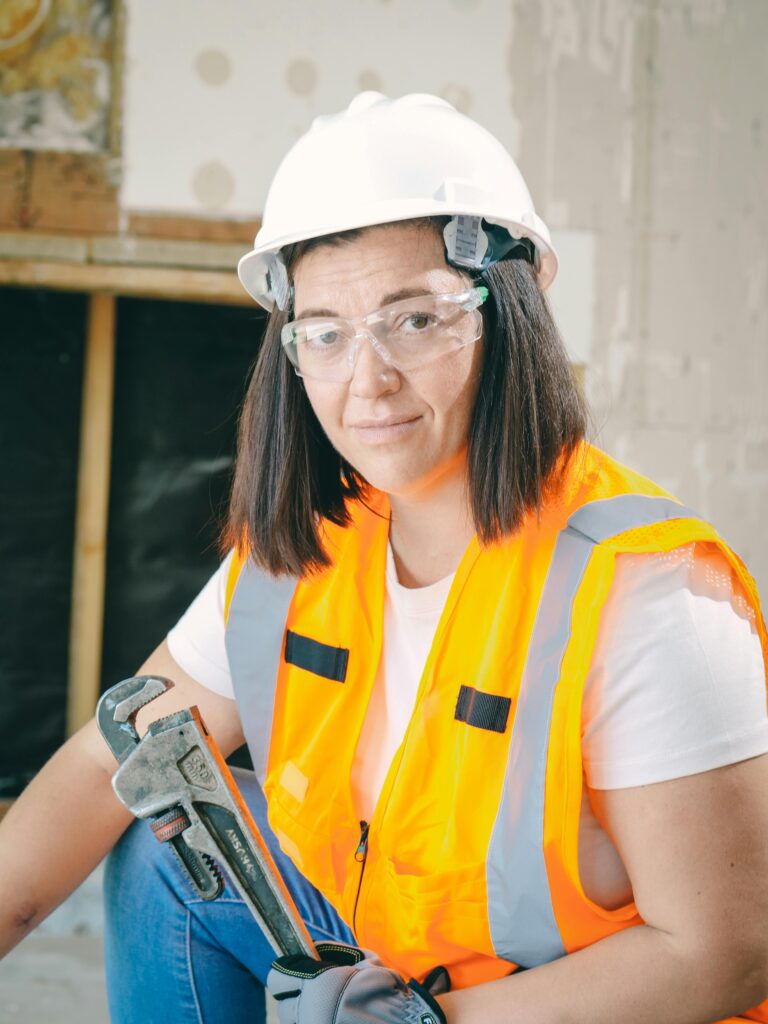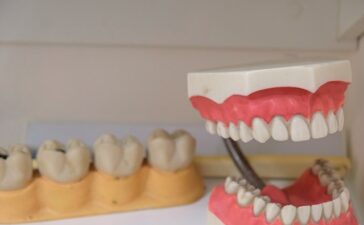Why Detect Lead?
Lead is a deadly metal, which leads to severe health problems. Even minute dangers of exposure include the likelihood of development delay among children and health-related problems among adults.
It is vital to detect lead early. Lead paint or lead pipes in plumbing systems can be found in most older houses. Being aware of areas with this hazard enables home owners and its workers to be ready before being exposed.
The effect of lead poisoning goes beyond the individual health to the families and community. Sensitization that is created out of mind on what is possible to cause can create safer population conditions and facilitate the cause of health.
Periodic testing enables people to make concrete decisions regarding either renovations or repairs. It is not only matter of compliance, it is about having a safe future generation to come. When time is taken to identify good leads, it will avoid the irreparable harm and create conditions of productivity and good health.

Kinds of Lead Detection Equipment
Various forms of Lead Detection Equipment are in use and each has been tailored to meet a particular requirement. The portable X-Ray fluorescence (XRF) analyzers are also fast and efficient. They enable the instrument to enable the operators to quantify the amount of lead on the surface and do away with the lengthy laboratory work.
Lead test kits are also another useful tool that is mostly applied by home owners or home do-it-yourselves. The kits usually entail swabbing a surface with reactive material that coats the lead or turns it a different colour in response. They are easy to use but they might not give comprehensible results as opposed to professional tools.
Laser-induced breakdown spectroscopy (LIBS) has sophisticated features in an industrial setting. It is able to identify even the trace lead in complicated sources such as soil or paint.
Dust wipe sampling kit aids in the evaluation of environmental contamination through collection of surface samples in homes or buildings. All of the forms of equipment must be critical in terms of creating safety against the exposures to lead.

The Snap Decisions on Selecting the Proper Equipment
Since one of the requirements of a safe environment is the choice of appropriate lead detection equipment, choosing equipment is quite important. Begin with thinking about your particular needs. Think about the kind of surfaces to be tested, i.e. paint, soil, or water because, different tools are developed to serve different functions.
Then consider accuracy and reliability. Search systems that have histories and satisfactory feedback. Another intelligent thing to do is to find out whether they fulfill any applicable safety regulations and standards in your jurisdiction.
Budget also is significant. Though it is good to invest in good equipment that might sound expensive at the time, think of the risks involved in undetected lead exposures in future.
Do not be afraid to contact the professionals or other people in the industry and ask them to help in your case. Their experiences will enable you to make a right decision that focuses onhealth and safety.





